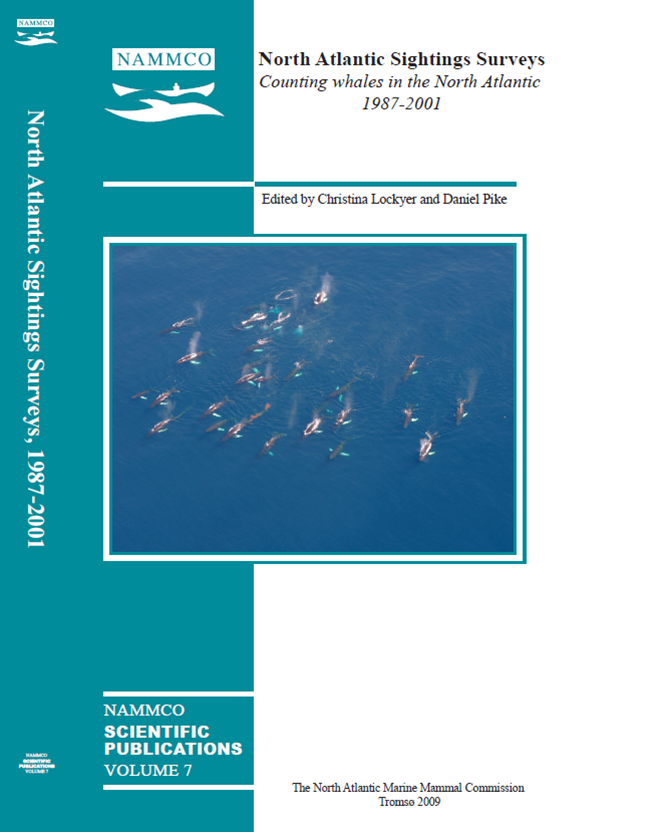Encountering whales: How encounter rates became the basis for managing whaling
DOI:
https://doi.org/10.7557/3.2715Keywords:
surveys, whales, encounter rates, management, whalingAbstract
Declining rates of encountering whales, including both sighting and catching, were noted by whalers throughout the 19th century, and these declines became the first indication that whaling was adversely affecting whale abundance. The interpretation of declines in both sighting and catch rates proved to be a difficult scientific task. Satisfactory quantitative methods of interpreting changes in whale encounter rates were not developed until the second half of the 20th century. Rates of encountering whales played a key role in the International Whaling Commission (IWC) Scientific Committee from its beginning in the early 1950s, as well as in the US in implementing its Marine Mammal Protection Act beginning in the early 1970s. The development of methods of collecting and interpreting sighting and catch data was intimately interwoven with the development of themanagement of whaling and cetacean by-catches in fisheries throughout the world, but especially within the context of the Scientific Committees of the IWC and the North Atlantic Marine Mammal Commission (NAMMCO). Although overfishing of whales was initially identified through the use of sighting rate data, catch rate data provided the IWC’s Committee its first firm footing for management advice. However, it was sighting rate data that ultimately became the basis for the scientific advice on whaling and for management advice in other settings. This led to the development of large scale cetacean sighting programmes, such as the IWC’s International Decade of Cetacean Researchsurveys in Antarctic aboard Japanese ships, the North Atlantic Sighting Surveys (NASS) aboard Norwegian, Icelandic, Spanish, Greenlandic and Faroese vessels and aircraft (coordinated by NAMMCO through its Scientific Committee from 1995), and surveys under the US’s Marine Mammal Protection Act and the European Union’s Small Cetacean Abundance in the North Sea (SCANS) programme. Fishery independent cetacean sighting surveys have proven to be both central and essential to understanding and regulating of human impacts on cetaceans.Downloads
Published
2009-09-01
How to Cite
Smith, T. D. (2009). Encountering whales: How encounter rates became the basis for managing whaling. NAMMCO Scientific Publications, 7, 221–243. https://doi.org/10.7557/3.2715
Issue
Section
Articles





